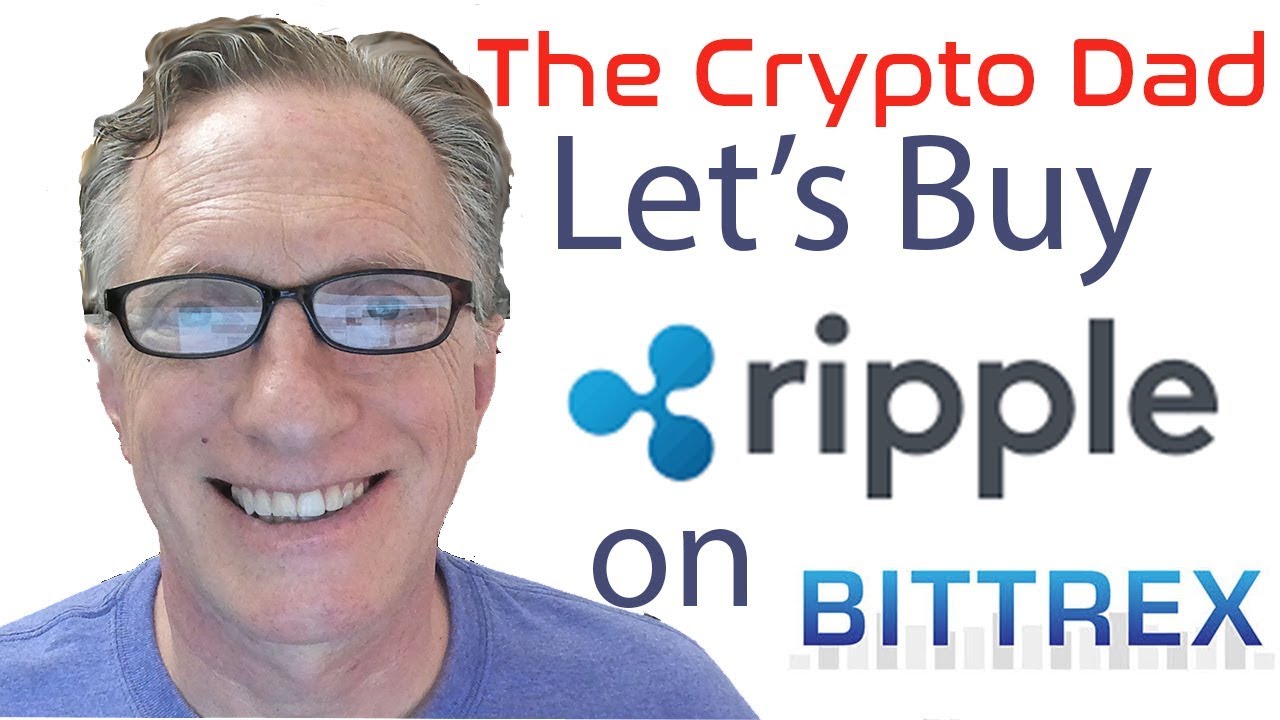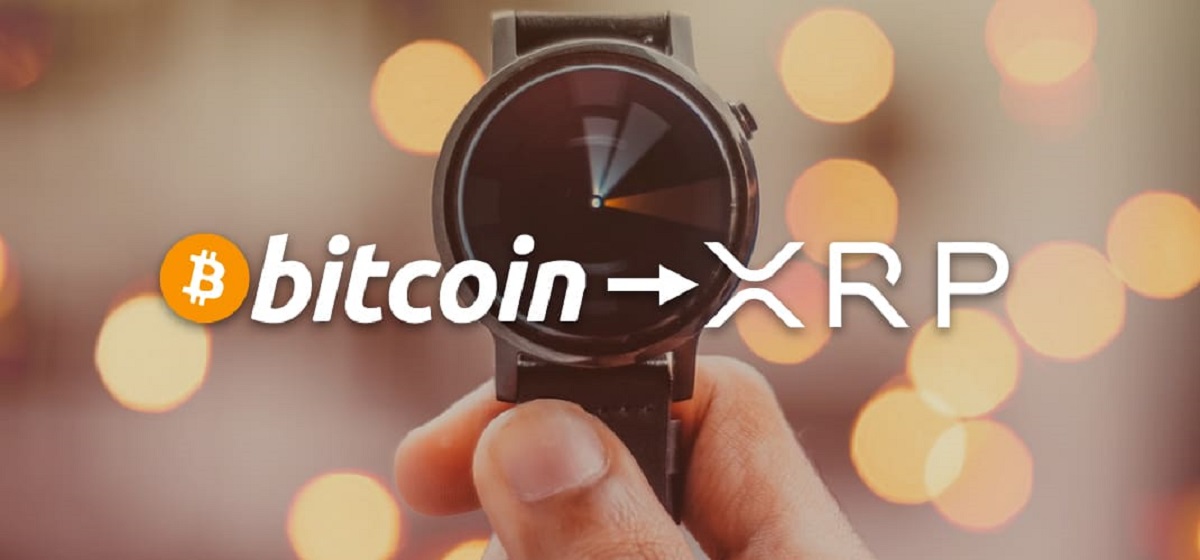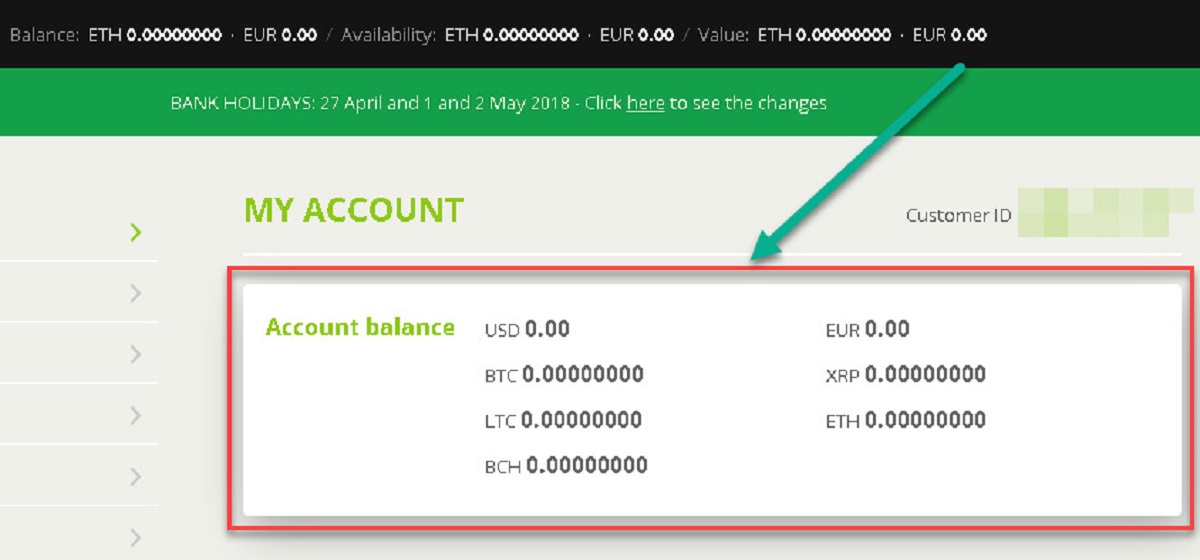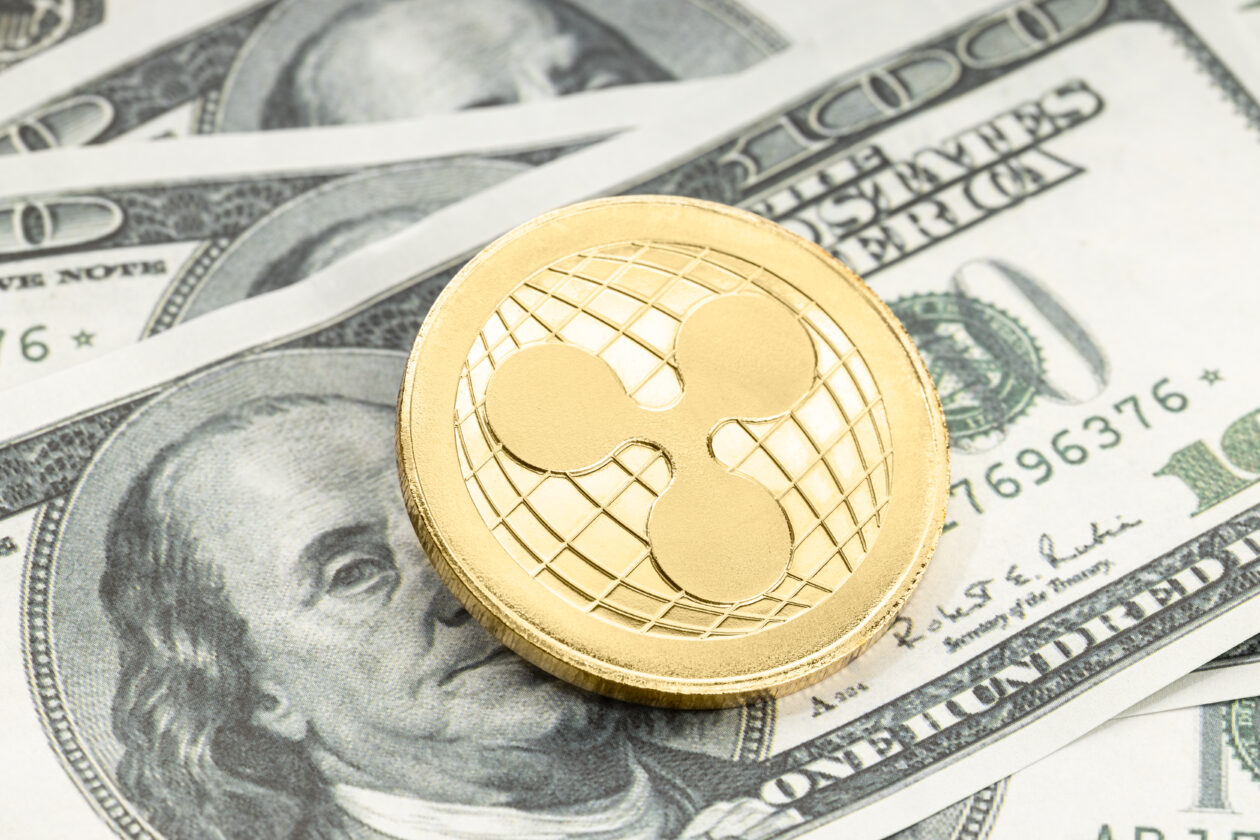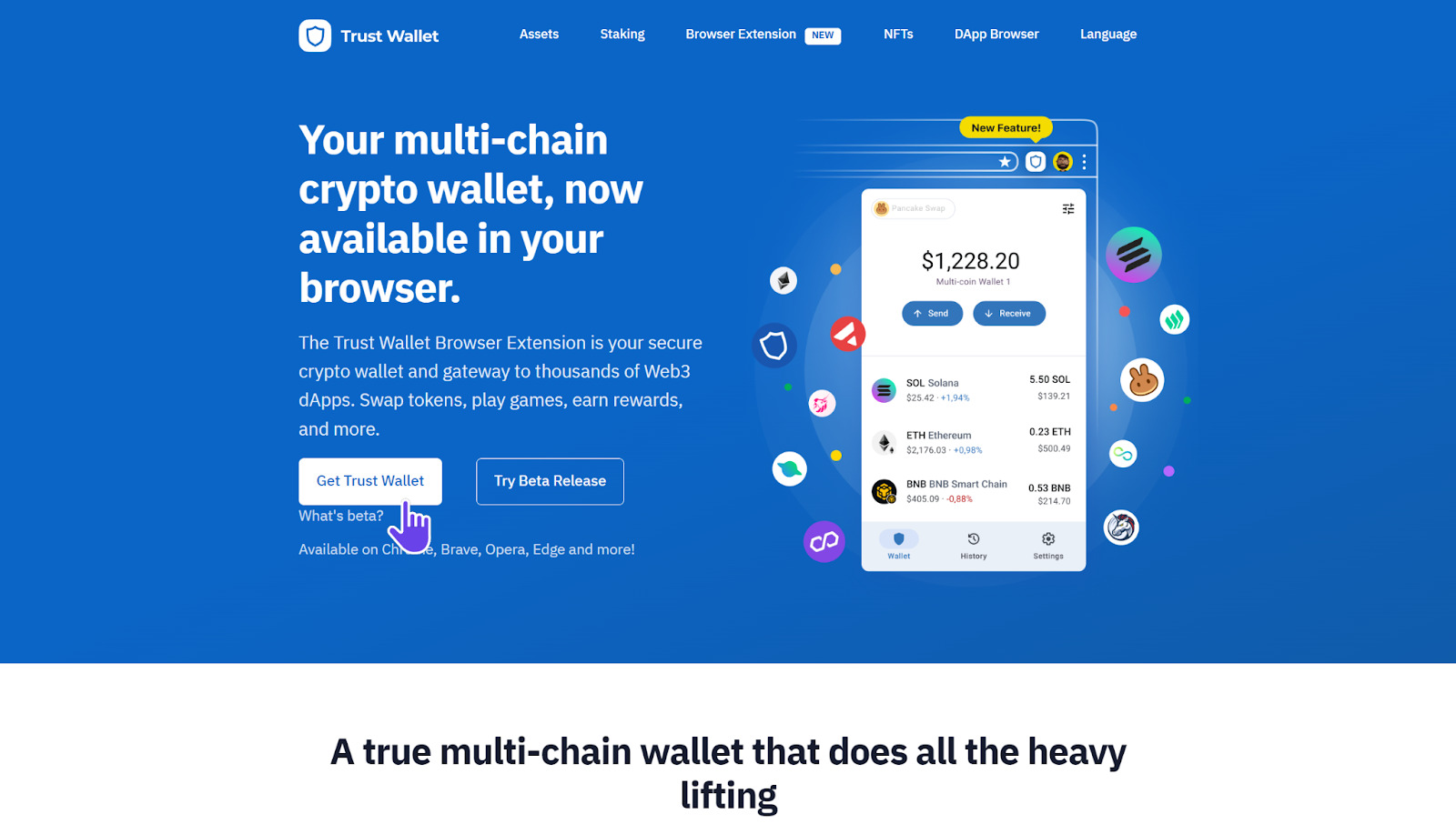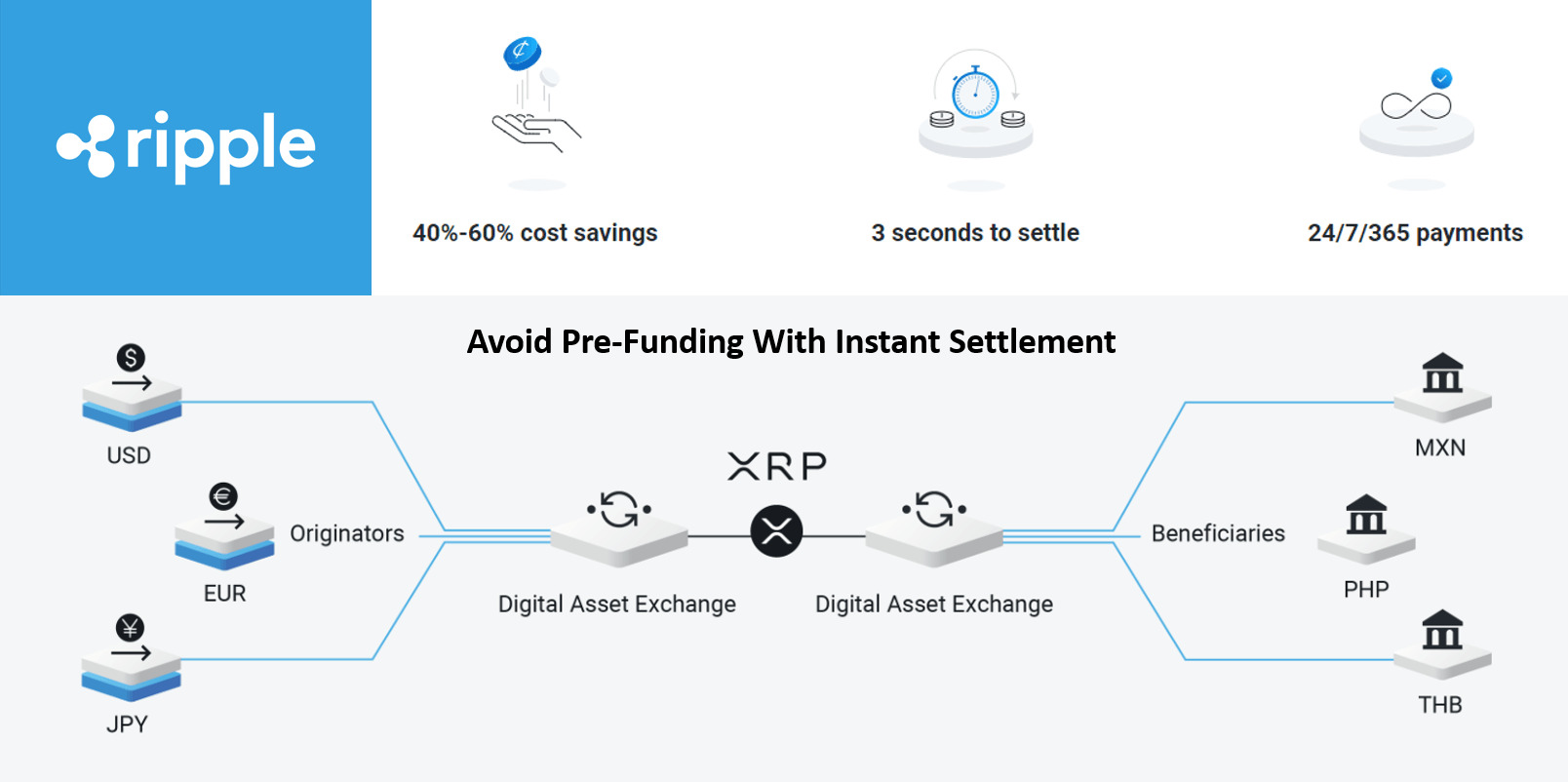Introduction
Welcome to the world of Ripple, where digital currencies and blockchain technology intersect. Ripple, also known as XRP, has been making waves in the financial industry as a popular alternative to traditional payment systems. With its unique features and strong partnerships, Ripple has garnered attention from investors, traders, and enthusiasts alike.
In this article, we will explore the fascinating world of Ripple and delve into its potential for growth. We will examine the factors that affect Ripple’s price, its current performance in the market, and its potential for future growth. Additionally, we will consider the opinions of experts in the field and highlight the risks and challenges that Ripple faces.
First, let’s understand what sets Ripple apart from other cryptocurrencies. Unlike Bitcoin or Ethereum, which were created to be decentralized digital currencies, Ripple was designed to revolutionize the way we transfer money internationally. Ripple’s main goal is to provide fast, secure, and low-cost transactions, making it an attractive option for banks and payment providers.
One of Ripple’s key features is its use of a consensus algorithm rather than relying on the energy-intensive mining process used by Bitcoin and other cryptocurrencies. This allows for faster transactions, with the ability to handle thousands of transactions per second. Furthermore, Ripple is built on an open-source protocol, enabling developers to create customized applications and integrate into existing financial systems.
Ripple’s native currency, XRP, plays a vital role in the Ripple ecosystem. It serves as a bridge currency, allowing different fiat currencies to be converted seamlessly and facilitating instant cross-border transactions. This has the potential to revolutionize the remittance industry, which is currently plagued by high fees and lengthy processing times.
As Ripple gains traction, several factors have an impact on its price. Adoption by financial institutions, regulatory developments, market sentiment, and overall cryptocurrency market trends all contribute to the price movements of Ripple. Understanding these factors is crucial in assessing Ripple’s potential for growth and making informed investment decisions.
In the next sections, we will delve deeper into Ripple’s current market performance and explore its potential for future growth. Through a comprehensive analysis of expert opinions and industry trends, we will assess whether Ripple has the potential to reach new heights in the world of digital currencies.
Understanding Ripple
To truly grasp the potential of Ripple, it’s important to have a deep understanding of how it operates and what sets it apart from other digital currencies. Ripple is more than just a cryptocurrency; it is a technology platform that aims to revolutionize the way we transfer money and conduct financial transactions.
At its core, Ripple is a real-time gross settlement system (RTGS), currency exchange, and remittance network. It was created to address the shortcomings of traditional payment systems, which are often slow, expensive, and reliant on intermediaries.
Ripple operates on a decentralized network of servers that validate and record transactions. Unlike Bitcoin, which uses a blockchain, Ripple utilizes a consensus mechanism known as the Ripple Protocol Consensus Algorithm (RPCA). This algorithm ensures that transactions are validated and agreed upon by a network of trusted validators, thus eliminating the need for energy-intensive mining.
One of Ripple’s key innovations is its use of a native currency, XRP, which serves as a bridge between different fiat currencies. When a financial institution wants to send money across borders, it can use XRP as a liquidity solution. XRP can be bought and sold on various cryptocurrency exchanges, making it a flexible and accessible asset for users.
Another significant aspect of Ripple is its partnerships with financial institutions and banks worldwide. Ripple has made substantial progress in establishing strategic alliances, with more than 300 financial institutions joining its network. This network, known as RippleNet, enables seamless and low-cost transactions between member institutions.
Ripple’s technology has gained recognition for its potential to disrupt the remittance industry. Currently, sending money across borders can be slow and expensive, with intermediaries taking a cut at each stage. Ripple’s technology aims to eliminate these inefficiencies, allowing for faster and cheaper cross-border transactions.
Furthermore, Ripple’s blockchain technology enables the creation of smart contracts and decentralized applications. This opens up a world of possibilities for developers to build innovative financial solutions on top of the Ripple network. Through these applications, financial processes such as lending, insurance, and asset management can be streamlined and made more efficient.
Overall, Ripple’s unique positioning as a technology platform sets it apart from other cryptocurrencies. By focusing on transforming the traditional financial system, Ripple has garnered significant attention and partnerships from industry leaders. Its innovative use of the XRP currency and its commitment to solving real-world challenges make it an intriguing player in the digital currency landscape.
Factors Affecting Ripple’s Price
Like any other cryptocurrency, Ripple’s price is influenced by a variety of factors. Understanding these factors is crucial in analyzing and predicting the potential movements of Ripple’s price. Here are some key factors that have an impact on Ripple’s price:
Market Demand: The demand for Ripple is a significant driver of its price. When there is high demand in the market, the price tends to increase, and vice versa. Factors that influence market demand include investor sentiment, adoption by financial institutions, and general market trends in the cryptocurrency industry.
Regulatory Developments: Ripple’s price is also affected by regulatory developments and government policies. Changes in regulations can either boost or hinder the adoption of Ripple by financial institutions or impact the overall sentiment towards cryptocurrencies. Any positive regulatory news can have a bullish effect on Ripple’s price.
Partnerships and Integrations: Ripple’s strategic partnerships and integrations with financial institutions and other companies can significantly impact its price. Positive announcements regarding partnerships or new integrations can lead to increased confidence in Ripple’s technology and potential, driving up its price.
Competition: Ripple operates in a competitive market, with other cryptocurrencies and payment solutions vying for market share. The presence of strong competitors can impact Ripple’s adoption and price. Monitoring the competition and their market performance is essential in understanding Ripple’s potential growth trajectory.
Overall Cryptocurrency Market Trends: Ripple’s price is also influenced by the general trends and sentiment in the broader cryptocurrency market. If the overall market experiences a bullish trend, it can have a positive effect on Ripple’s price. Conversely, if the market sentiment turns bearish, Ripple may face downward price pressure.
Token Utility and Circulation: The utility and circulation of Ripple’s native currency, XRP, also play a role in determining its price. Factors such as the demand for XRP in cross-border transactions, the rate of XRP being held by long-term investors versus being traded, and the token’s overall liquidity can impact its price dynamics.
Macroeconomic Factors: Ripple’s price is not only influenced by cryptocurrency-specific factors but also by broader economic conditions. Macroeconomic factors such as inflation, interest rates, and geopolitical events can indirectly affect Ripple’s price by shaping investor sentiment and market dynamics.
It is important to note that cryptocurrency prices are highly volatile and subject to rapid fluctuations. Therefore, it is crucial to conduct thorough research and analysis before making any investment decisions regarding Ripple or any other digital asset.
Next, we will delve into Ripple’s current performance in the market and assess its potential for future growth.
Ripple’s Current Performance
Ripple, with its unique technology and strategic partnerships, has demonstrated promising performance in the cryptocurrency market. Let’s take a closer look at Ripple’s current performance and its position within the industry.
In terms of market capitalization, Ripple consistently ranks among the top cryptocurrencies. As of [date], Ripple holds a market capitalization of [current market cap], making it one of the most valuable cryptocurrencies available. This strong market position reflects the confidence and investment interest surrounding Ripple.
Ripple’s price has experienced both highs and lows over the years. It reached its all-time high in [year], with the price peaking at [highest price]. Since then, Ripple’s price has experienced fluctuations in line with the broader cryptocurrency market. It is worth noting that Ripple has shown resilience during market downturns and has been able to recover along with the market’s upward momentum.
One major factor contributing to Ripple’s current performance is its partnerships with financial institutions. Ripple has successfully established collaborations with over 300 banks and payment providers around the world. These partnerships have enabled Ripple to gain substantial traction in the cross-border payments sector, with financial institutions utilizing Ripple’s technology to facilitate faster and more cost-effective transactions.
Ripple’s technology has also seen widespread adoption by remittance service providers. These providers leverage Ripple’s technology to offer faster and cheaper money transfers for individuals worldwide. This adoption by remittance providers contributes to Ripple’s overall transaction volume, further solidifying its position in the market.
Another aspect that has contributed to Ripple’s current performance is the growing recognition of its XRP token as a valuable asset. XRP’s liquidity has improved over time, making it easier for investors and traders to buy and sell the token. Additionally, the increased utility of XRP in cross-border transactions has added to its overall demand and value.
Ripple’s commitment to regulatory compliance and its transparent approach have also positively impacted its current performance. Unlike some other cryptocurrencies, Ripple has actively engaged with regulators and operates with a focus on compliance. This approach has garnered support from institutional investors who prioritize regulatory compliance and want to be part of a trustworthy ecosystem.
However, it is important to mention that Ripple’s performance is not immune to market volatility and external factors. Like all cryptocurrencies, Ripple’s price can fluctuate rapidly in response to news, market sentiment, and overall market conditions. It is crucial for investors and traders to stay informed, conduct thorough analysis, and understand the inherent risks associated with investing in cryptocurrencies.
Now that we have assessed Ripple’s current performance, let’s move forward to explore its potential for future growth and evaluate expert opinions on its price potential.
Ripple’s Potential Future Growth
Ripple, with its innovative technology and strategic partnerships, holds significant potential for future growth. As the adoption of blockchain technology and digital currencies continues to expand, Ripple has positioned itself as a frontrunner in transforming the traditional financial system. Here are some key factors that contribute to Ripple’s potential for future growth:
Increasing Adoption: Ripple has already gained substantial adoption by financial institutions and payment providers worldwide. However, there is still significant room for growth as more institutions recognize the benefits of using Ripple’s technology for cross-border transactions. As adoption increases, Ripple’s transaction volume and overall utility are likely to surge, potentially driving its price higher.
Expansion into New Markets: Ripple has primarily focused on facilitating cross-border payments, but its technology has the potential to be utilized in other areas of finance. Ripple’s blockchain platform enables the development of smart contracts and decentralized applications, opening doors for expansion into areas such as lending, asset management, and insurance. By expanding its use cases, Ripple can tap into new markets and further enhance its growth potential.
Regulatory Clarity: Ripple’s commitment to regulatory compliance and engagement with regulators has been a key driver for its success. As regulators establish clearer guidelines for cryptocurrencies and blockchain technology, it could increase confidence in Ripple and attract new institutional investors. Regulatory clarity can lessen uncertainties and create a conducive environment for Ripple’s growth.
Global Remittance Industry Disruption: The remittance industry is ripe for disruption, as the current system is complex, slow, and expensive. Ripple’s technology has the potential to revolutionize this industry by offering faster, cheaper, and more accessible cross-border transactions. By partnering with more remittance service providers and expanding its presence in key global corridors, Ripple can capture a significant market share and drive its future growth.
Integration with Real-world Financial Systems: Ripple’s partnerships with banks and financial institutions provide it with a unique advantage. As these institutions integrate Ripple’s technology into their existing systems, it creates a network effect that further strengthens Ripple’s position. The more widely used Ripple becomes, the more valuable it becomes as a financial infrastructure solution, potentially leading to exponential growth.
Technological Advancements: Ripple continues to invest in improving its technology and addressing scalability concerns. Through ongoing development and technological advancements, Ripple can enhance its efficiency and scalability, enabling it to handle a higher volume of transactions and attract larger institutional clients. These developments can contribute to Ripple’s future growth and market dominance.
While Ripple has significant potential for future growth, it is important to acknowledge that the cryptocurrency market is highly volatile and subject to uncertainties. External factors such as regulatory changes, market sentiment, and competition can impact Ripple’s growth trajectory. Therefore, it is crucial for investors and stakeholders to closely monitor these factors and conduct thorough research before making investment decisions.
In the next section, we will explore expert opinions on Ripple’s price potential and evaluate the factors that could impact its growth in more detail.
Expert Opinions on Ripple’s Price Potential
There are varying opinions among experts regarding Ripple’s price potential. While some experts remain bullish on Ripple, others have expressed more cautious views. Let’s examine a range of expert opinions and insights on Ripple’s price potential:
Bullish Sentiment: Many experts are optimistic about Ripple’s future price potential. They cite Ripple’s strong partnerships with financial institutions, its focus on solving real-world problems in the global remittance industry, and its growing adoption as key factors that contribute to its long-term growth potential. These experts believe that Ripple’s technology and use cases position it for sustained growth and increased market value.
Cross-border Payment Disruption: Experts also highlight Ripple’s potential to disrupt the cross-border payment industry. Ripple’s technology has the capacity to revolutionize the slow, expensive, and inefficient nature of international money transfers. As Ripple continues to gain adoption among financial institutions and remittance service providers, it is expected to capture a significant market share in the global remittance industry, potentially driving its price higher.
Integration with Traditional Financial Systems: The integration of Ripple’s technology with traditional financial systems through partnerships with banks and payment providers is seen as a bullish indication by experts. This integration allows Ripple to leverage existing infrastructure and networks, paving the way for widespread adoption and increased demand for its services. Experts believe that as more financial institutions and payment providers integrate Ripple’s technology, it will drive up Ripple’s price due to increased usage and utility.
Regulatory Environment: Some experts posit that Ripple’s adherence to regulatory compliance and its proactive approach to engaging with regulators provides it with a competitive advantage. A clear regulatory framework can foster trust and confidence among institutional investors, potentially leading to increased demand for Ripple and its native currency XRP. Experts believe that regulatory clarity will play a crucial role in determining Ripple’s future price growth.
Cautionary Views: While many experts are bullish on Ripple’s price potential, there are also cautious voices. These experts raise concerns about the highly competitive nature of the cryptocurrency market and potential challenges in gaining widespread adoption. They emphasize the need for Ripple to address scalability issues and overcome regulatory hurdles to realize its full market potential. Additionally, expert opinions can differ based on market conditions, investment strategies, and individual perspectives.
It is important to note that the cryptocurrency market is inherently volatile, and prices are subject to rapid fluctuations. Expert opinions should be considered alongside thorough market analysis and a comprehensive understanding of the risks involved in cryptocurrency investments.
In the next section, we will explore the potential risks and challenges that Ripple faces in its growth journey.
Risks and Challenges for Ripple
While Ripple holds significant promise and potential for growth, it also faces certain risks and challenges that could impact its trajectory. Understanding these risks is crucial for investors and stakeholders. Let’s explore some of the key risks and challenges facing Ripple:
Market Volatility: The cryptocurrency market is known for its volatility, and Ripple is not immune to these price fluctuations. Ripple’s price can be influenced by market sentiment, investor behavior, and broader cryptocurrency trends. Sudden market downturns can result in significant price decreases for Ripple, highlighting the importance of risk management strategies for investors.
Regulatory Uncertainty: While Ripple has actively engaged with regulators and is committed to compliance, regulatory uncertainty remains a challenge. Evolving regulations and policies surrounding cryptocurrencies can impact Ripple’s operations and adoption by financial institutions. Changes in regulatory frameworks or unfavorable regulatory developments could negatively impact Ripple’s growth potential and market value.
Competition: Ripple operates in a highly competitive market, with other blockchain-based payment solutions and cryptocurrencies vying for market share. Established players like SWIFT are also exploring innovations in cross-border payments, posing a challenge to Ripple’s growth. Ripple must continue to differentiate itself and innovate to stay ahead of the competition.
Scalability: As Ripple’s technology gains wider adoption, scalability becomes an increasingly important challenge. The ability to handle a larger volume of transactions per second efficiently is crucial for Ripple’s growth and long-term success. Ensuring scalability without compromising security and decentralization remains an ongoing challenge for Ripple’s development team.
Institutional Adoption: While Ripple has secured partnerships with several financial institutions, broader institutional adoption remains a challenge. Convincing conservative financial institutions to integrate and use Ripple’s technology may take time and require further education and regulatory clarification. The pace at which financial institutions embrace Ripple’s solutions could shape its growth trajectory.
Negative Public Perception: Like other cryptocurrencies, Ripple is subject to public perception and sentiment. Negative news, regulatory scrutiny, or controversies involving Ripple or its native currency XRP can impact investor confidence and hinder its growth potential. Maintaining a positive public image and transparent communication is crucial for Ripple’s long-term success.
Technological Advancements: As blockchain technology evolves, Ripple must continue to innovate and enhance its technology to meet market demands. Addressing scalability, security, and interoperability concerns is vital to staying relevant in a rapidly evolving industry. Failure to adapt to technological advancements may hinder Ripple’s growth and competitiveness.
While these risks and challenges exist, they are not insurmountable. Ripple’s ability to navigate these hurdles and address them effectively will shape its growth and future success. It is essential for investors and stakeholders to stay informed, monitor industry developments, and assess the impact of these factors when making decisions related to Ripple.
In the concluding section, we will summarize the key points discussed and provide a holistic view of Ripple’s potential future.
Conclusion
Ripple, with its innovative technology and strategic partnerships, has carved a unique space for itself in the world of digital currencies. Its focus on revolutionizing cross-border payments and its commitment to compliance have garnered interest from financial institutions and investors alike.
Understanding the factors that affect Ripple’s price, its current performance, and its potential future growth is crucial for anyone looking to invest in or engage with Ripple. Market demand, regulatory developments, partnerships, and overall cryptocurrency market trends all contribute to Ripple’s price movements. Additionally, Ripple’s partnerships with financial institutions, its global remittance industry disruption potential, and its integration with existing financial systems position it for sustained growth.
It is important to note that Ripple also faces risks and challenges. Market volatility, regulatory uncertainty, competition, scalability concerns, institutional adoption, negative public perception, and the need for continuous technological advancements all present challenges that Ripple must navigate on its growth journey.
Looking ahead, the potential for Ripple to reach new heights is significant. As it continues to gain adoption and solidify its position in the cross-border payments industry, Ripple has the potential to disrupt traditional financial systems and shape the future of global money transfers. However, the cryptocurrency market is highly volatile, and external factors can influence Ripple’s growth trajectory.
Investors and stakeholders should conduct thorough research, monitor regulatory developments, and stay informed about market trends to make well-informed decisions related to Ripple. While Ripple’s future performance cannot be predicted with certainty, its unique technology, strong partnerships, and growing adoption make it an intriguing player in the world of digital currencies.
As with any investment, it is important to weigh the potential rewards against the risks involved and make decisions that align with personal investment goals and risk tolerance.
Overall, Ripple’s journey is an exciting one to watch, and its impact on the financial industry continues to unfold. The future holds immense potential for Ripple to revolutionize the way we transfer money and conduct financial transactions on a global scale.









